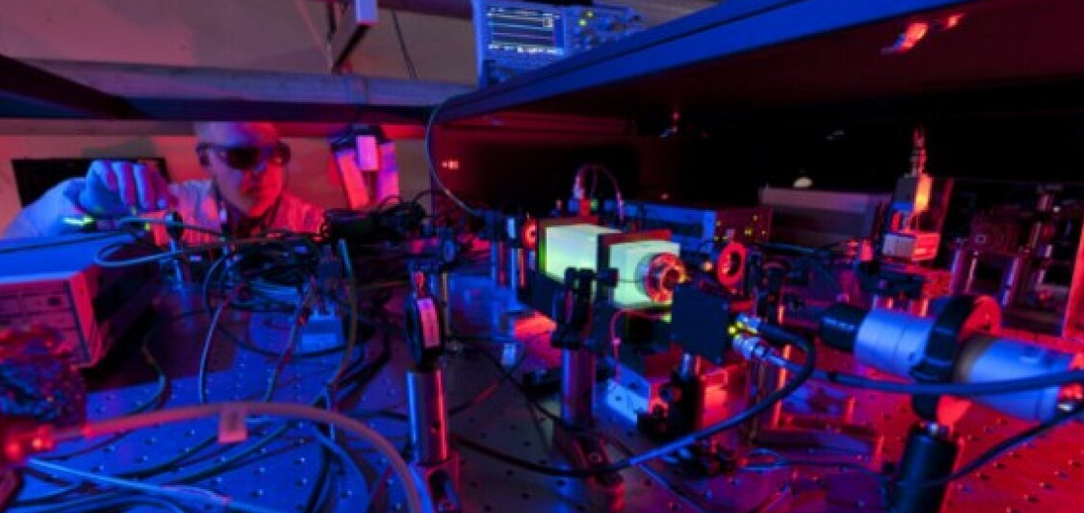Wormholes are a staple of sci-fi, and there’s a possibility that they exist in the real universe. But how would they work? Physicists have now used a quantum processor to simulate a traversable wormhole, teleporting information between two quantum systems.
In fiction, wormholes are usually depicted as tunnels that connect two distant points in space, allowing instantaneous travel across the cosmos. But while they might seem like little more than a convenient story device, wormholes are surprisingly plausible in reality. Einstein himself proposed their existence as a feature of his general theory of relativity, and in the decades since scientists have studied where and how we might find them.
San Francisco becomes first US city to allow police robots to kill suspects
But their properties remain poorly understood, with several conflicting models all possible. That creates a paradox – to find out more, we’d need observations of real wormholes, but to observe them we’d need to find out more so we know what to look for. Computer simulations can help break the loop, allowing physicists to test different models of wormholes and see how they might behave.
Read more: New Atlas





































